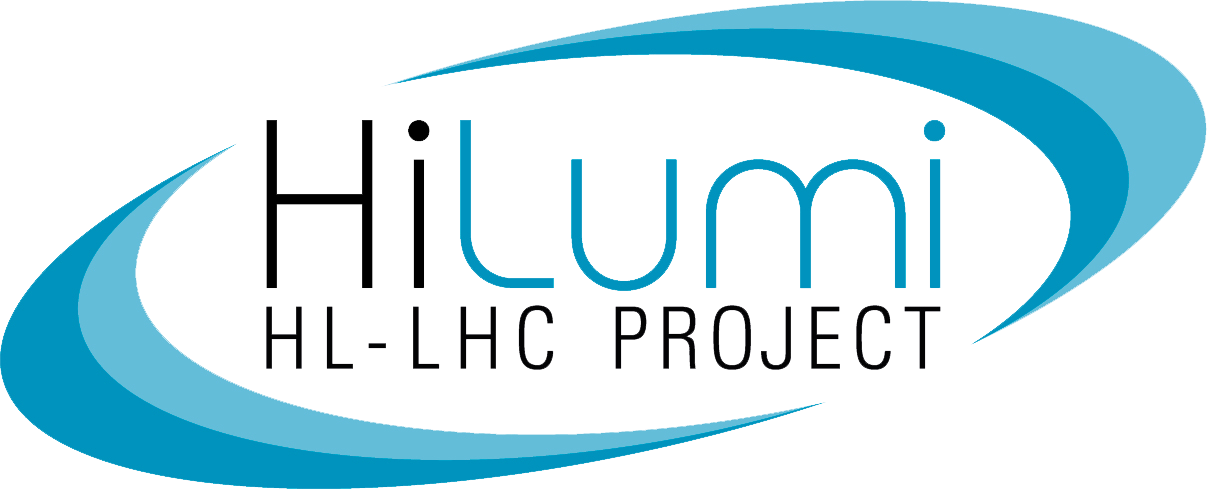The present collimation system will probably not be sufficient to handle the beam intensity beyond 40% of design value, thus limiting the LHC luminosity to 20% of the design value. For this reason new 4-m long collimators need to be inserted in the continuous cryostat (Dispersion Suppression region, DS). The first implementation (in the two DS around P3) will happen in 2013 and the only solution to fit them inside the cryostat is to displace some 32 cold equipments: among them 24 heavy superconducting magnets, all needing to be removed from the tunnel and then re-installed.
However, for future implementation, which will most probably be necessary for luminosity levels above the design value, another possibility will be exploited: replacing two 8 T 15-m long dipoles with two 11 T, 11-m long new dipoles, avoiding the magnet displacement. This requires Nb3Sn technology, very similar to that of the quadrupole triplet. The design of these magnets will be done in parallel with, and will largely profit from, the design of magnets within WP3. Would the design and R&D phase be successful, four or eight of these magnets will be installed in the shutdown of 2016. The magnets must be very similar to the LHC ones since they must fit in the continuous cryostat and must be powered in series with the LHC dipole line. Use of cryo-collimators (working at 50-70 K) would allow the interface to be minimized and would eliminate the cold-warm transition in a critical zone (the solution for IP3 features warm collimators and needs such transitions). Most probably the 11 T will be first Nb3Sn magnet to be installed in the LHC and will constitute an ideal preparatory test for the even more challenging triplet quadrupole magnets. This WP features a strong partnership between CERN and FNAL, who will also lead the construction of the first single bore model in its laboratory.
